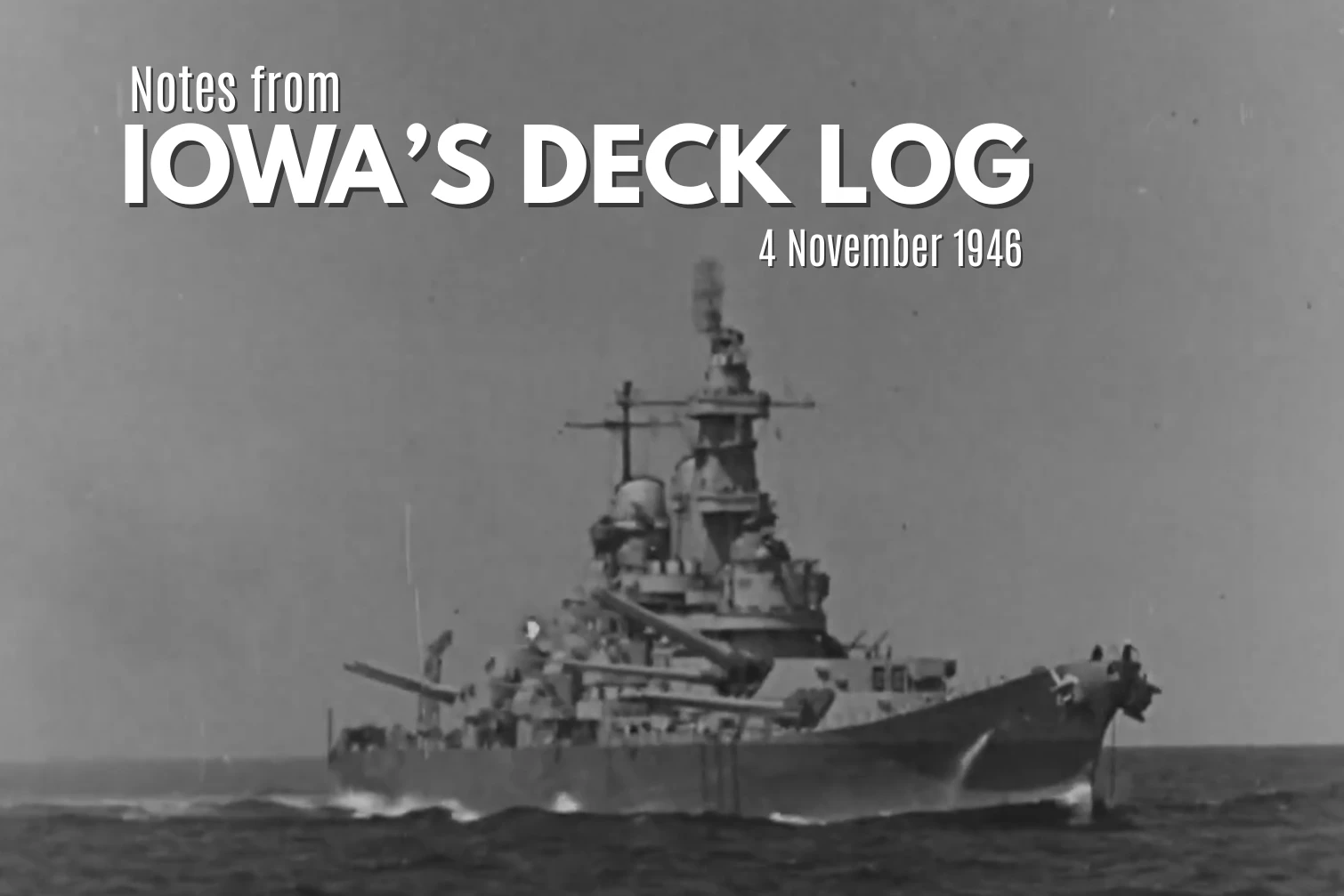Battleship USS IOWA (BB-61)
“Our Liberties We Prize, Our Rights We Shall Maintain”
Battleship USS IOWA is the namesake of the 29th state of the United States and the lead vessel in the last class of battleships in the world. She was built to be heavily armored and fast to fight the tyranny of the Axis powers in WWII. During her service in WWII, Korea, and Cold War, she earned eleven battle stars and made history as one of the last great battleships to see service.
Thousands of sailors (and one mischievous dog) have called her home, five U.S. presidents have visited, and proud, passionate Americans rallied to save her from the scrapyards and preserve her for future generations. During active and museum service to our nation, the ship has hosted millions. She is a living symbol of Freedom of the Seas and a catalyst helping to reinvigorate the community of San Pedro, CA.
She remains connected to her humble roots – roots that sprang from Iowa children raising money to build “their” ship. Generations of Iowans have fond memories of visiting a model of the ship at the state capitol. We continue the ship’s connection with the state of Iowa through promotional activities, regular visits, and the annual USS Iowa Lamberti Service Award.
We invite you to learn more about the Battleship USS IOWA and support the museum of the future.












